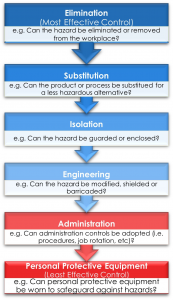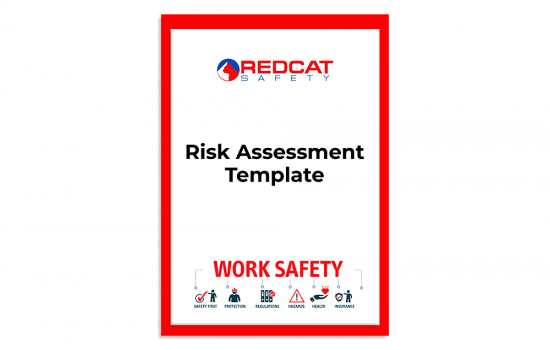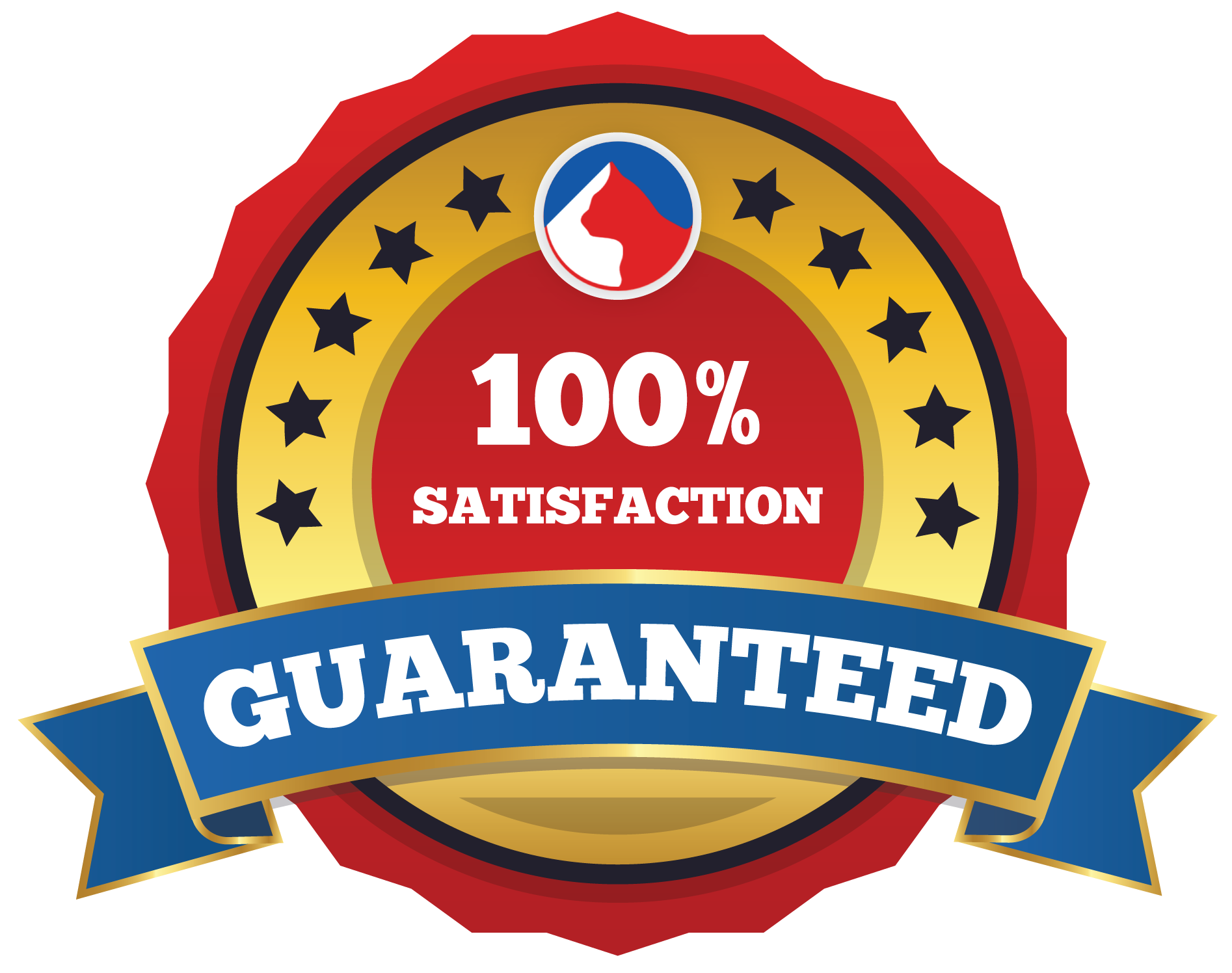What is a Risk Assessment?
A (workplace) risk assessment is the process of identifying, assessing and managing risks to the health, safety and well-being of people at a workplace.
There are several steps you need to take to do a risk assessment, typically these steps are outlined below.
- Identify the hazards.
- Risks to be assessed.
- Risks to be eliminated or controlled.
- Monitoring and review to determine if control measures are effective.
Identification of Hazards
An organization needs to be on the offensive to search for, detect and eliminate, or control all reasonably foreseeable hazards and identified risks that have the potential to expose personnel or the organization to risk.

Some hazards that may arise in a workplace include:
- The nature and type of work being performed (both routine and non-routine).
- The location and type of work.
- Materials, chemicals, plant or equipment used.
- The time of day and climatic conditions when the work is performed.
- Proximity to the public.
- The work environment.
- Workload, work hours, victimization and harassment.
- Leadership and culture.
- Potential emergencies.
- Changes in knowledge and competencies.
- Human factors and acts and omissions of personnel.
Note: If a hazard is identified that cannot be immediately controlled, a verbal or documented hazard report should be completed and submitted to management.
Assessment of Risks
Assessing risks involves evaluating both the likelihood of any injury, illness or damage occurring and the likely severity (or consequence) of any injury, illness or damage that may occur.
The following factors should be considered when evaluating risk:
- The workplace and the working environment (including layout and conditions).
- The capability, skill, experience and training of personnel, ordinarily undertaking work.
- The number of persons exposed to the risk.
- The frequency to which persons are exposed to the risk.
- The duration of persons’ exposure to the basic risk or overall risk.
- The systems of work used and measures currently implemented to control the risk.
- Information that is available from an authoritative source that is relevant to the hazard.
- Information provided by a supplier of any plant, equipment or substance.
- Safety data sheets and labels for any hazardous chemical.
- Information about previous injuries, illnesses and dangerous incidents.
Note: Risk management can be undertaken with varying degrees of detail depending on the type of hazards and the information, data and resources that are available under the circumstances.
Risk Elimination and Risk Control
A method of control must be selected and applied to each hazard identified. It is important to select the most effective and reasonably practicable method. This may include selecting a combination of control measures.
Where it is not reasonably practicable to eliminate risks, control measures must be implemented to minimize risks to the lowest level reasonably practicable, in accordance with a hierarchy of controls. Control measures prescribed by a hierarchy must be applied in the order specified and in combination (if no single measure is sufficient) to minimize the risk to the lowest level reasonably practicable.
Where higher-level control measures are not able to be implemented immediately, interim control measures (albeit relatively less effective) should be implemented to reduce the risk to an acceptable level until the primary controls can be introduced.
Monitoring and Review of Risk Assessments
The final step of the risk assessment process is to monitor and review the effectiveness of control measures, to verify they are as low as reasonably practicable. It is also possible that not all hazards have been identified during the initial risk assessment and the dynamic nature of some work activities results in frequent changes, so re-assessment may be required.
Reviews of risk control measures and may include:
- Consultation with staff.
- Verification that control measures have been fully implemented.
- Inspection of hazard reports.
- Confirmation that controls are suitable for the nature and duration of the work.
- Observation of work activities.
- Suitability of tools and equipment, including PPE.
- Checks that the implementation of control measures did not result in the introduction of any new hazards or complications.
The control measures decided upon should be discussed and reviewed for as long as necessary to enable ongoing safe work practices.
Whenever there is evidence that control measures are no longer effective (e.g. an injury or illness, employee complaint or advancements in technology) another assessment of the risks must be undertaken.
Contents of this Risk Assessment Template
This risk assessment template includes the following assessment functions:
- Job task steps
- Identification of potential risks and hazards.
- Risks, likelihood and consequences.
- Initial risk score to mitigate risks.
- Control measures, checks and monitoring.
- Revised risk score.
- Person/s responsible.
- And risk assessment matrix.
Why Choose to Buy this Risk Assessment Template
This risk assessment template can be used to assess hazards and risks by evaluating both the likelihood of any injury, illness or damage occurring and the likely severity (or consequence) of any injury, illness or damage that may occur.
The risk assessment template has the provisions for:
- The foreseeable hazards to be identified.
- The risks to be assessed.
- Risks to be eliminated or controlled too as low as reasonably practicable.
- Monitoring and review to determine if control measures are effective to enable workplace safety.
After purchasing this template you will be able to:
- Very easily edit and customize the template to create your own risk assessment form,
- Apply your own style, format and brand to the risk assessment form.
- Use it in any industry or sector regardless of size or type of organization.
Availability and Use of this Risk Assessment Template
- This risk assessment template is accessible to you right now by clicking the ‘Buy Now’ button.
- The template will be delivered to you in fully editable Microsoft Word format for immediate and full use in your business.
- There are no subscriptions, contracts or ongoing costs.


